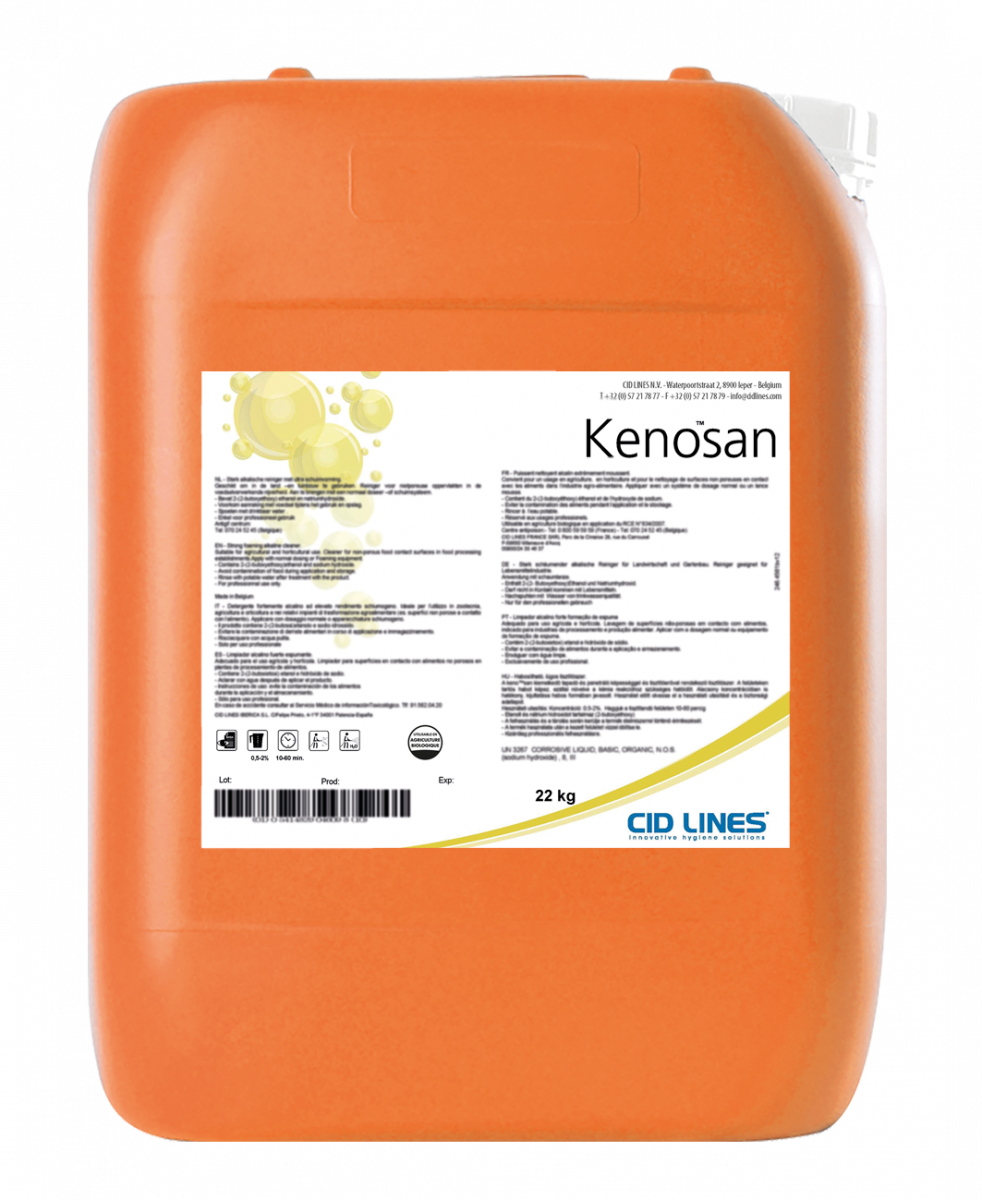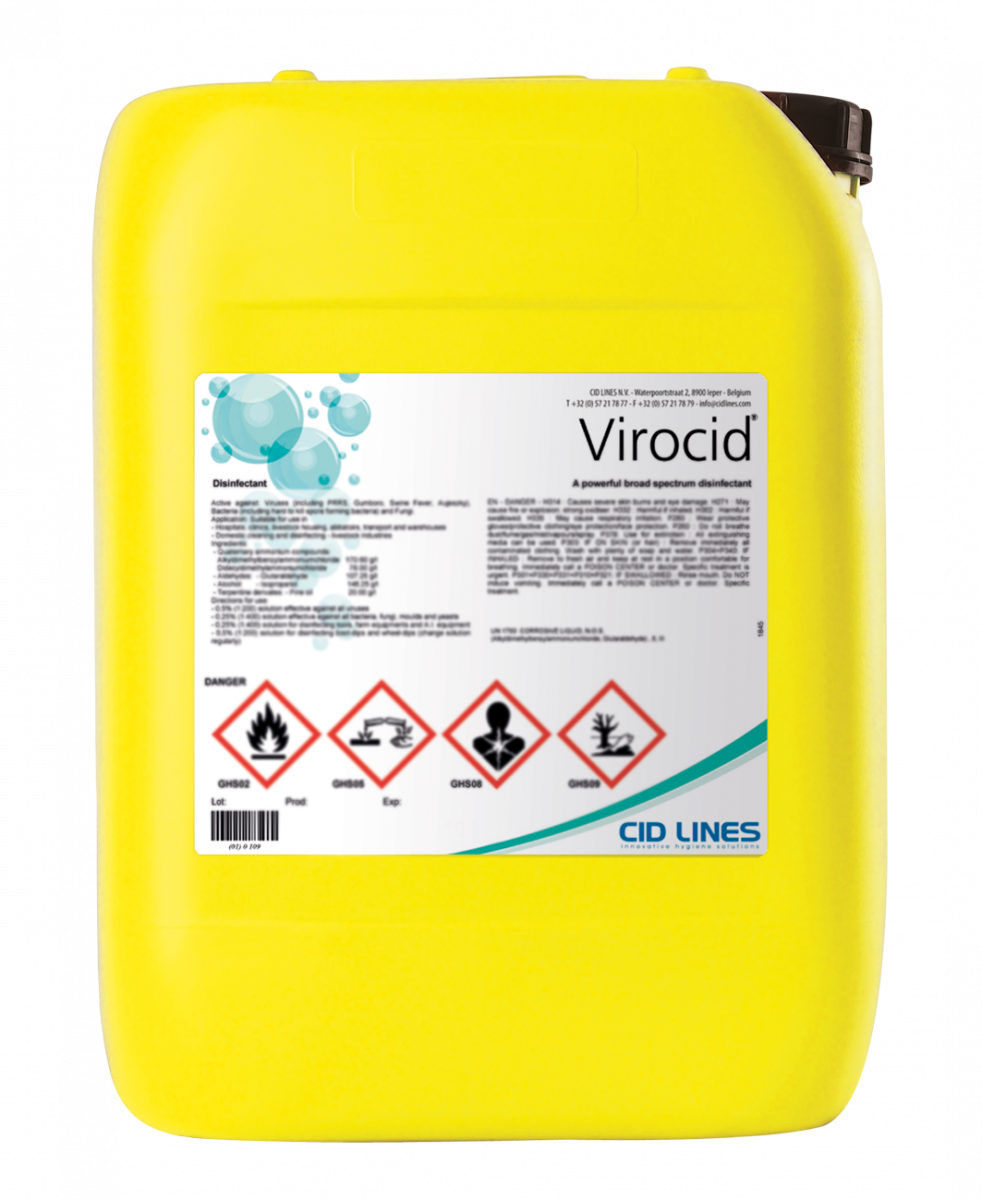
Marek's disease
PATHOLOGY DESCRIPTION
Marek’s disease is a viral tumor-causing disease of chickens and is caused by 6 different herpes viruses that primarily affect young birds. There are 4 different forms of Marek’s:
-
Cutaneous (skin form)
-
Visceral (internal-organ form)
-
Neural (nerve form)
-
Ocular (eye form)
There are four phases of infection:
-
Degenerative changes caused by early productive-restrictive virus infection,
-
Latent infection,
-
Another phase of cytolytic infection associated with permanent immunosuppression
-
Nonproductive infected lymphoid cells that may or may not progress to lymphoma formation, a “proliferative” phase.
The route of infection is inhalation. The virus then replicates in the lungs (in non-lymphoid cells). An acute phase of the disease can be seen within 72-96 hours where the lymphoid system, primarily bursa and thymus, undergoes cytolytic changes. Infected birds normally recover from the acute phase of the infection after 6-7 days and become latent. Infected lymphocytes carry the virus throughout the body, causing cell-associated viremia. Eventually, virus will be shed in the environment via feather debris and dander after the secondary cytolytic infection occurs in the feather follicle epithelium (~2 weeks post infection)
SYMPTOMS
The signs and symptoms of Marek’s Disease vary depending on the form of disease present:
Cutaneous form: Enlarged reddened feather follicles and white bumps on the skin that form brown crusty scabs.
Visceral Form: Tumors on internal organs including heart, ovary, liver and lung.
Neural form: Characterized by one, all, or none of the following symptoms -
-
Progressive paralysis, usually of the leg or wing, a typical leg-paralysis victim will have one leg extended forward and one leg extended back. A swelling of the sciatic nerve is the cause.
-
Weight loss
-
Labored breathing
-
Diarrhea
-
Starvation and death due to an inability to reach feed and water and to trampling by penmates.
Ocular form:
-
Gray eye color
-
Misshapen iris
-
Weight loss
-
Blindness
-
Death
COSTS OF THE DISEASE
-
Morbidity (number affected) in unvaccinated flocks can reach 60 percent. Vaccinated flocks fare better with less than 5 percent affected. Mortality is high in affected birds reaching nearly 100 percent over a 10-week period.
-
Increased feed cost
-
Less weight gain
Related products
 Keno™san
Keno™san
Ultra foaming strong alkaline cleaning product
- strong alkaline cleaner
- ultra foaming capacity
- outstanding adhesive power
- efficient and excellent results
Virocid®
disinfectant based on quaternary ammonium
- concentrated disinfectant
- based on quaternary ammonium
- for all surfaces
- hospital graded and registered in USA

